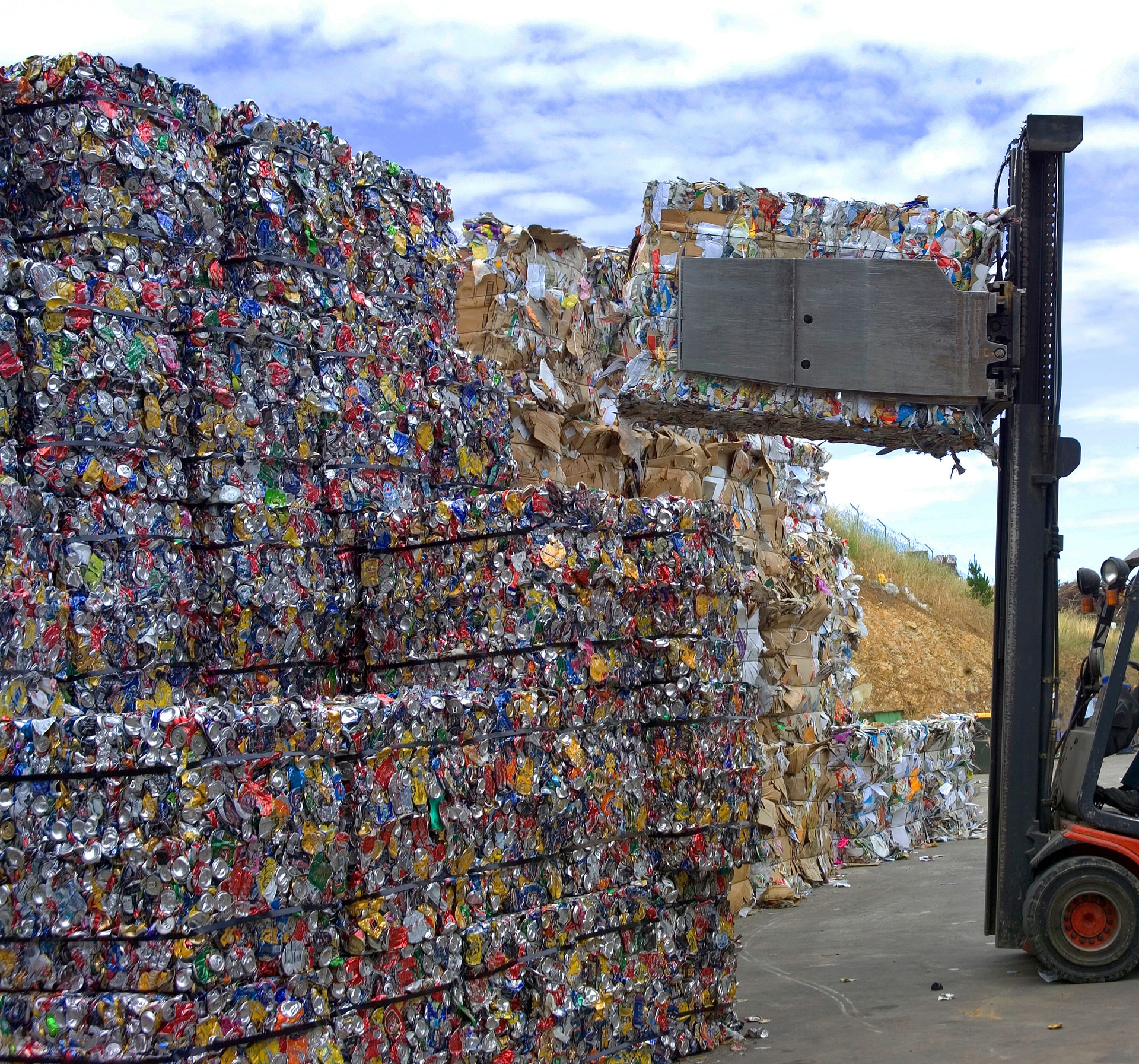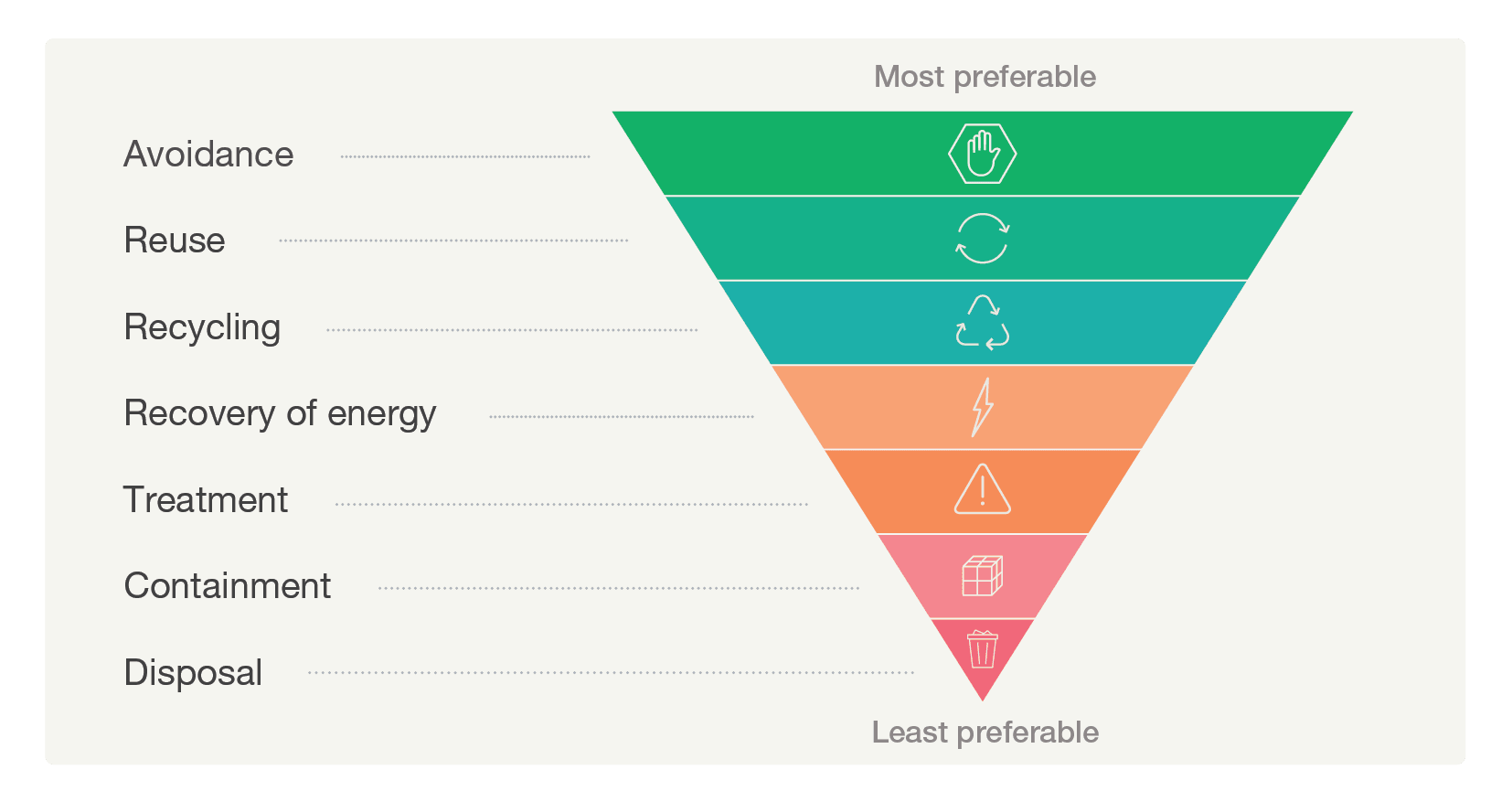More certainty for recycling industry is needed to curb Victoria’s growing waste problem

The Victorian Government should publish waste levy rates for the next 5 years to provide greater certainty to the waste and recycling sector and encourage new facilities, the state’s independent infrastructure advisor finds.
Infrastructure Victoria Chief Executive Dr Jonathan Spear said: “Victoria’s recycling rates have barely changed over the last decade and our landfills are filling fast.”
“Publishing a 5-year schedule of future waste levy rates shows businesses how expensive waste disposal in landfills will be in the future,” he said. “This can encourage businesses to invest earlier in waste and recycling infrastructure by providing more certainty and help local governments plan ahead.”
Victoria’s infrastructure strategy 2025–2055, released today, makes 45 recommendations to the Victorian Government across infrastructure sectors including transport, health, housing, energy, social infrastructure and the environment. It also identifies 8 future options for the government to consider.
The updated strategy offers practical, evidence-based advice on the projects, policies and reforms most critical to Victoria’s growth and resilience over the next 3 decades. New evidence and analysis, together with stakeholder and community feedback, have directly informed updates to the strategy including the addition of this new recommendation to publish waste levy rates for the next 5 years.
Victoria is expected to have landfill capacity until around 2039. However, some regions might reach capacity in the next 5 years, such as Gippsland, Loddon Mallee and Goulburn. Other landfills, like in Ballarat, are filling up faster than expected.
The strategy recommends the Victorian Government conduct a detailed waste audit to better understand what materials are going into landfill. The last government waste audit was done in 2018.
“Audits can find missed opportunities to recycle more and provide a clearer picture of Victoria’s waste and recycling infrastructure needs,” Dr Spear said.
Infrastructure Victoria also recommends the Victorian Government work with local governments and industry to identify locations in Melbourne and regional Victoria for new and expanded waste and recycling infrastructure. It can co-locate infrastructure with other compatible industries, drawing on existing plans such as Melbourne’s industrial and commercial land use plan and Plan for Victoria.
“The Victorian recycling infrastructure plan describes the type of places where new facilities might go, but it does not identify locations,” Dr Spear said.
“The government should identify and map these locations and publish them in the next update of the Victorian recycling infrastructure plan to give all stakeholders, including investors, more certainty,” he said.
“Rezoning may be needed and planning buffers added to protect residential areas.”
By partnering with the Australian Government and other organisations, along with smarter use of existing government land, the Victorian Government can implement the strategy’s 45 recommendations at a cost of around $60 billion.
“Our recommendations lay out how the Victorian Government can reduce the costs of providing infrastructure over the next 3 decades and generate over $166 billion worth of benefits for Victorians,” Dr Spear said.
Infrastructure Victoria is required to develop and update Victoria’s 30-year infrastructure strategy every 3 to 5 years. This is the second strategy update since Infrastructure Victoria was created 10 years ago.
Victoria’s infrastructure strategy 2025–2055 will be tabled in the Victorian Parliament this week to inform the policies of all parties. The Victorian Government is required to respond to the strategy recommendations within 12 months.
Media enquiries
Mandy Frostick mandy.frostick@infrastructurevictoria.com.au Ph: 0419 546 245
Madeleine Brennan madeleine.brennan@infrastructurevictoria.com.au Ph: 0402 715 577
Victoria’s infrastructure strategy 2025–2055 recommends:
Recommendation 39: Prepare for more recycling and waste infrastructure
- Identify and map locations for new recycling and waste infrastructure where it is needed and publish them in the next update to the Victorian recycling infrastructure plan.
- Estimated cost: $1 million to $5 million over 2 years. This includes strategic planning, consulting with government authorities and business, community engagement and amending planning schemes.
Recommendation 40: Set future waste levy prices and audit landfill
- Publish waste levy rates for the next 5 years to provide investment certainty for waste and recycling infrastructure. Conduct a waste audit to document which materials go into landfill.
- Estimated cost: $15 million to $20 million over 5 years. This includes economic analysis to determine levy rates, updating and publishing the waste levy schedule, and waste education and enforcement measures.
Fast facts
- Victorians are estimated to produce over 200 million tonnes of waste each year by 2045.
- The government aims to divert 80% of waste from landfill by 2030. It has an interim target of 72% by 2025.
- A recent review highlighted Victoria is not on track to meet these targets with waste diverted from landfill at around 69% from 2018–2023.
Figure 1: The waste hierarchy is a framework that prioritises waste management actions from most to least preferable.
